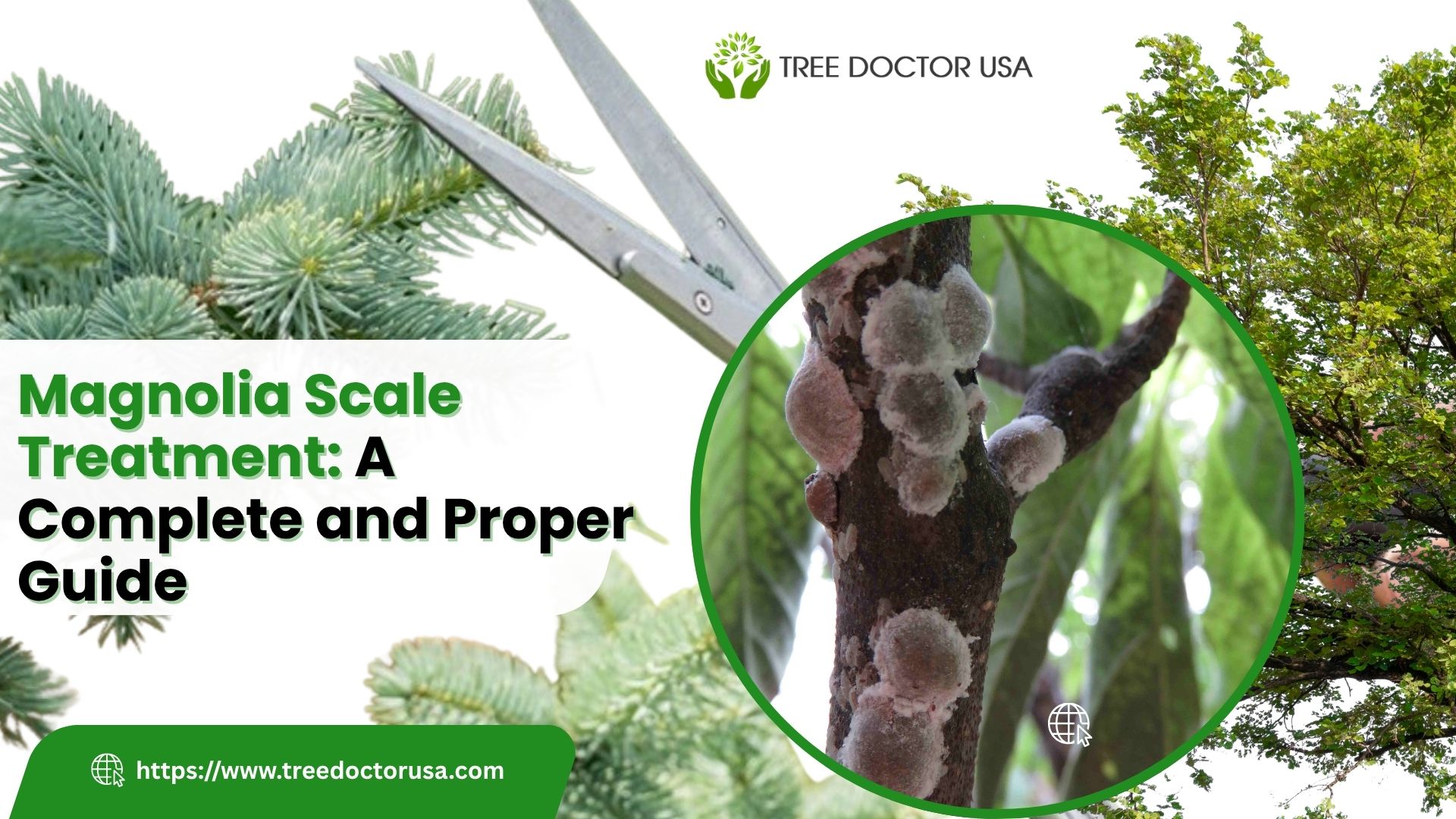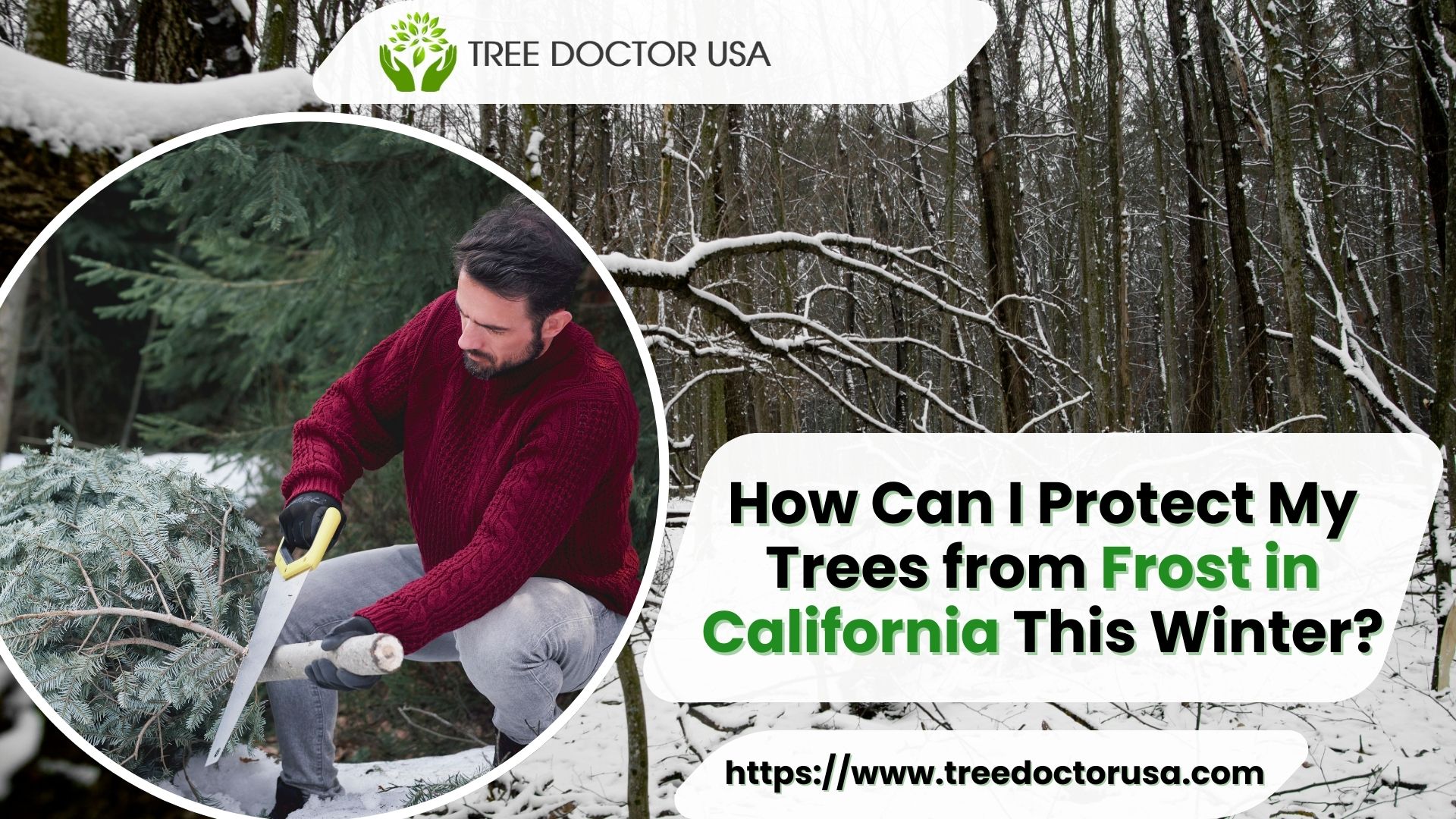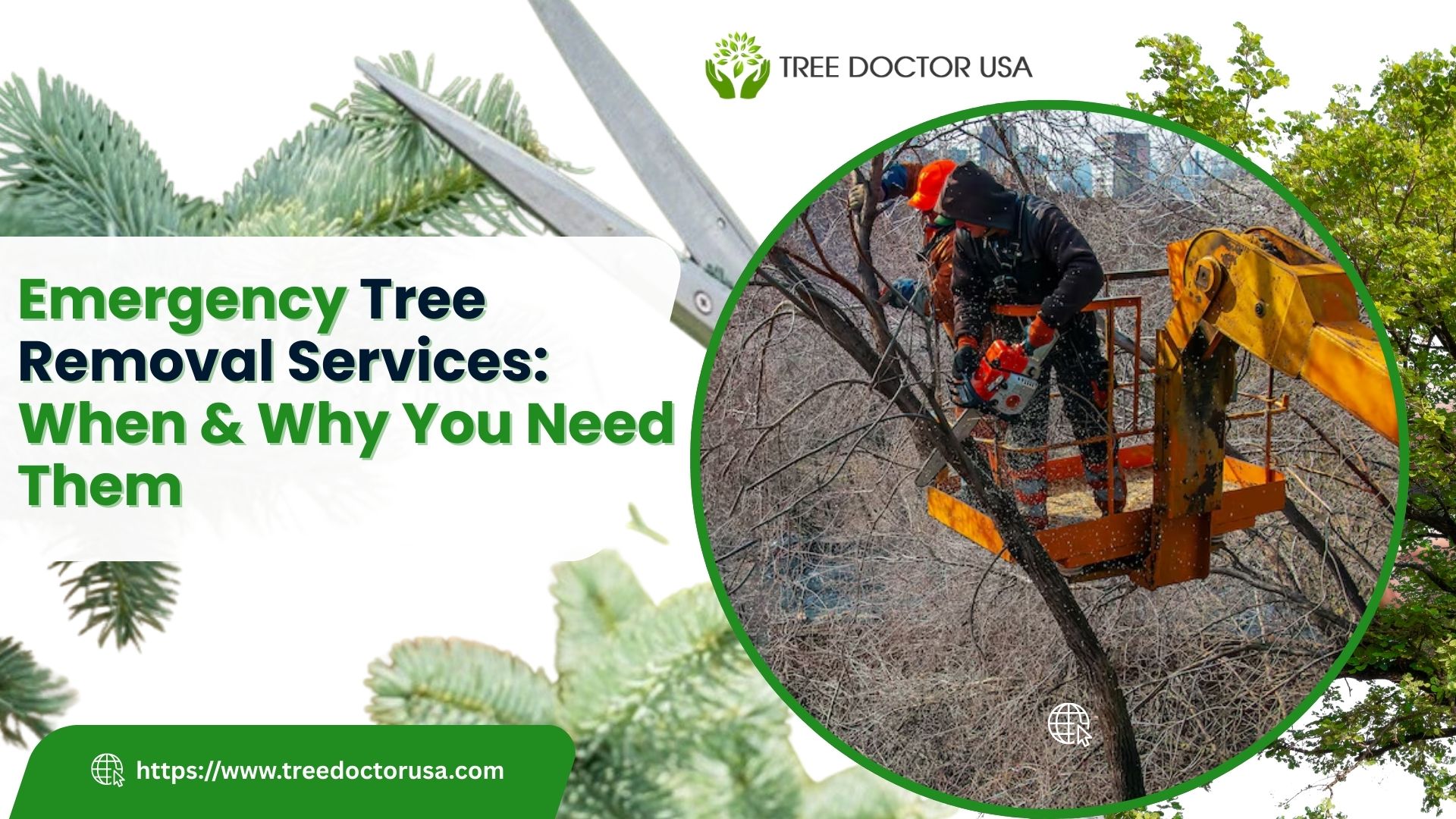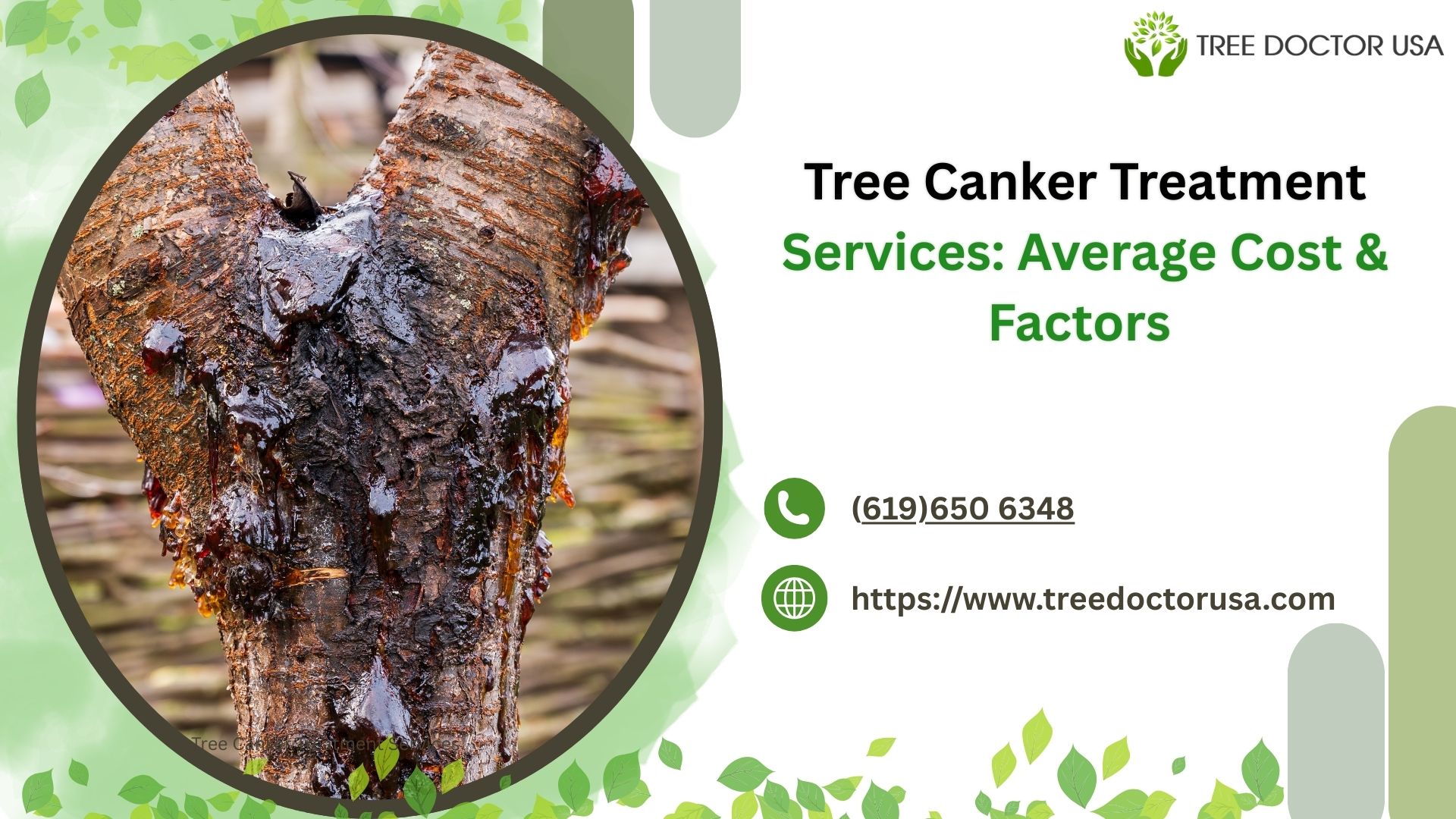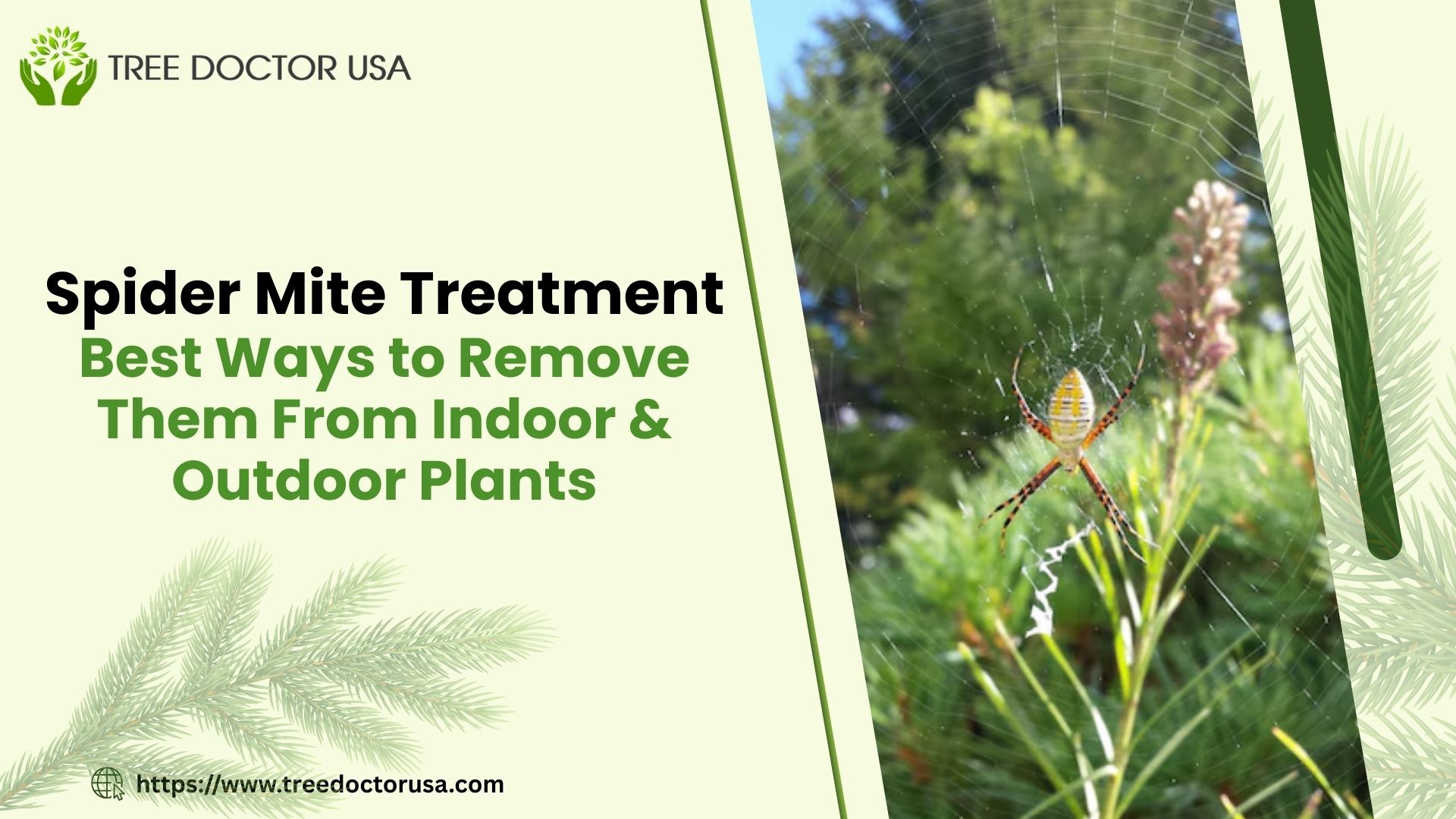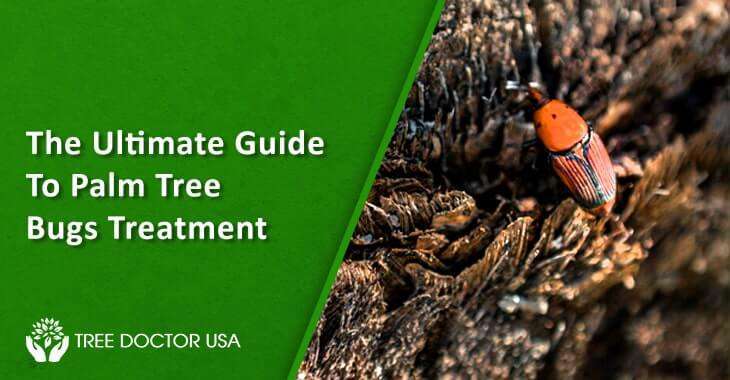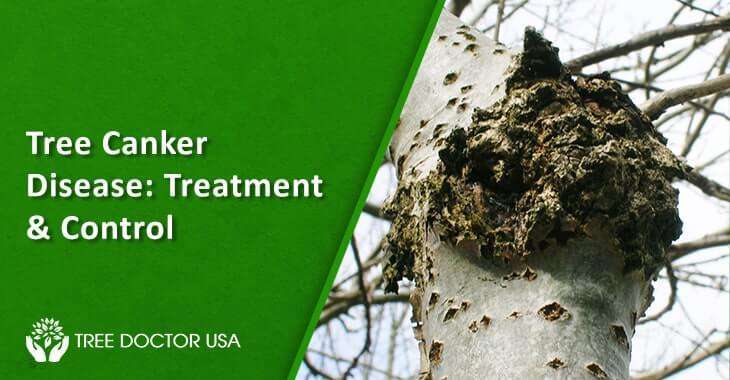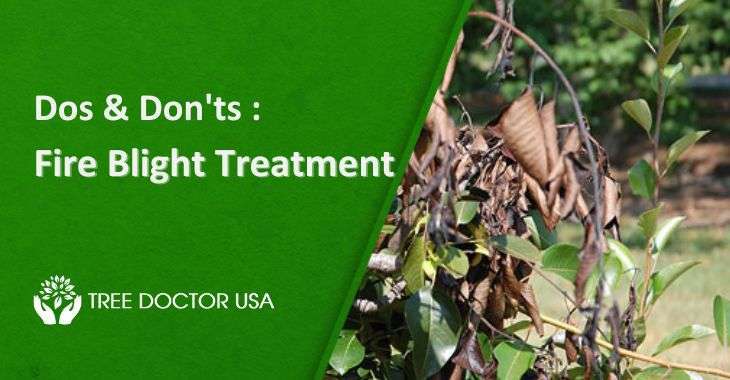How to Treat Magnolia Scale: A Complete and Proper Guide
Magnolia trees are among the most elegant and beloved landscape plants in California, known for their lush leaves and fragrant blossoms. However, one silent enemy can quickly destroy their beauty — the magnolia scale. This pest can weaken your trees, stunt their growth, and leave them covered in sticky residue. If you’re noticing unusual bumps on your magnolia branches, it’s time to learn about effective Magnolia Scale Treatment. In this complete guide, you’ll discover practical, real-world methods to identify, treat, and prevent magnolia scale in California’s climate.
Understanding Magnolia Scale: The Silent Threat to Your Trees
Magnolia scale (Neolecanium cornuparvum) is a large, soft-bodied insect that attaches itself to twigs and branches. It feeds by sucking sap from the tree’s vascular system, causing stress and loss of nutrients. This process leaves behind a sticky liquid known as honeydew, which attracts ants and fosters sooty mold—a black fungus that coats the leaves, blocking sunlight and reducing photosynthesis. Without timely Magnolia Scale Treatment, infestations can quickly spread, weakening the tree and affecting its overall health and appearance.
Over time, untreated infestations can lead to yellowing leaves, reduced blooming, and in severe cases, branch dieback. According to the University of California Integrated Pest Management (UC IPM) program, magnolia scale infestations are most common in Southern California, particularly in regions with warm, dry summers followed by mild winters. These conditions allow scale populations to survive year-round, making consistent management crucial.
Best Time to Treat Magnolia Scale
Timing is everything when it comes to Magnolia Scale Treatment in California. Because these insects have distinct life stages — from crawlers to adults — treatments are only effective during certain periods.
Spring (March–April): Dormant Oil Application
In early spring, before buds open, apply dormant horticultural oil. This suffocates overwintering adult scales attached to branches. Ensure thorough coverage, especially in dense canopy areas.
Late Summer to Early Fall (August–October): Targeting Crawlers
The crawler stage, which is the only mobile phase of the insect, occurs around this time. It’s the most effective period for using insecticidal soap or horticultural oil sprays. These products kill the soft-bodied crawlers before they mature and form their waxy protective coating.
Winter (December–January): Inspection and Pruning
Use the dormant period to prune heavily infested or dead branches. Dispose of them properly—do not compost—to avoid spreading pests.
Real-world experience from California arborists shows that combining early spring oil treatments with late-summer sprays can reduce infestations by 70–90% over one or two growing seasons.
How to Get Rid of Magnolia Scale
Successfully eliminating magnolia scale involves a blend of mechanical, chemical, and biological methods. Here’s how professionals and homeowners in California handle this pest effectively:
1. Manual Removal
If the infestation is light, scrub small branches with a soft brush or cloth dipped in soapy water to remove visible scales. Always clean tools with rubbing alcohol afterward. However, if the damage is extensive or branches are severely affected, consider contacting professional tree removal services to safely eliminate heavily infested or dead sections and protect nearby healthy trees.
2. Use of Horticultural Oils and Insecticidal Soaps
Apply horticultural oil or insecticidal soap during crawler activity. These are eco-friendly, safe for beneficial insects, and work by suffocating the pests. Avoid spraying during hot afternoons (above 85°F), as it can burn leaves.
3. Systemic Insecticides
For heavy infestations, systemic insecticides containing imidacloprid or dinotefuran may be necessary. These are absorbed through the soil and transported throughout the tree’s vascular system, killing pests from within. These should only be applied by licensed professionals to ensure environmental safety.
4. Encouraging Natural Predators
Lady beetles and parasitic wasps are natural enemies of magnolia scale. Avoid broad-spectrum insecticides that harm these beneficial insects. In Southern California gardens, maintaining diverse vegetation can encourage these predators to thrive naturally.
5. Tree Health Maintenance
Healthy trees resist pests better. Ensure your magnolia receives adequate water, especially during California’s dry summers, and use organic mulch to retain soil moisture.
Magnolia Scale Treatment Cost
Costs for Magnolia Scale Treatment in California can vary depending on the severity of infestation, tree size, and whether you choose a professional or DIY approach.
| Treatment Type | Estimated Cost (USD) | Notes |
| DIY horticultural oil/insecticidal soap | $25–$75 | Effective for mild infestations |
| Professional spray treatment | $150–$400 per tree | Includes inspection and follow-up |
| Systemic insecticide application | $200–$500 per tree | For severe infestations, long-term effect |
| Annual maintenance plan | $350–$700 | Combines pest monitoring, fertilization, and pruning |
Professional tree care companies in California often recommend yearly inspection packages. Though slightly higher in cost, they ensure early detection and prevent re-infestation, which saves money in the long run.
Magnolia Scale Treatment California
California’s diverse climate means treatments need to be adjusted based on location. In Southern California (Los Angeles, Orange County, San Diego), warm winters allow magnolia scale populations to survive longer, while Northern California experiences colder temperatures that slow reproduction.
Professional arborists in the region recommend:
- Regular monitoring: Inspect branches every few weeks from August to October.
- Integrated pest management (IPM): Combine natural, chemical, and physical methods.
- Seasonal treatments: Apply dormant oil sprays in early spring and late summer when crawlers are most active.
- Tree nutrient support: Use organic fertilizers to boost immunity.
California’s environmental laws also encourage using eco-friendly products and limiting the use of harmful pesticides. Always check with local regulations before applying systemic insecticides.
According to the California Department of Pesticide Regulation (CDPR), certified professionals must follow strict application standards to protect pollinators and groundwater. That’s why hiring a certified arborist for Magnolia Scale Treatment in California ensures compliance and long-term results.
Preventing Future Infestations
After your magnolia tree recovers, take proactive steps to keep it pest-free:
- Inspect regularly: Early detection prevents large-scale infestations.
- Prune annually: Remove dead or weak branches that attract pests.
- Avoid over-fertilization: Too much nitrogen encourages soft, vulnerable growth.
- Water deeply during droughts: California’s dry conditions can stress trees, making them more susceptible.
- Encourage beneficial insects: Plant nectar-rich flowers nearby to attract ladybugs and wasps.
Proper long-term care and timely intervention are the best defenses against future magnolia scale outbreaks.
Final Thoughts
Magnolia trees are a symbol of beauty and resilience, but even they need help against pests like magnolia scale. With proper care, regular monitoring, and well-timed Magnolia Scale Treatment, your trees can remain healthy, glossy, and vibrant year after year. Whether you’re in Los Angeles, San Diego, or Northern California, working with professional arborists ensures safe, effective, and environmentally friendly results. For more detailed pest information.
Contact us today to schedule a professional magnolia scale inspection and keep your trees thriving all season long.
FAQs
1. How to get rid of magnolia scale treatment?
Use horticultural oil or insecticidal soap during late summer when crawlers are active. For severe cases, professionals may apply systemic insecticides. Prune affected branches and maintain overall tree health.
2. When is the best time to apply treatment for magnolia scale?
The best time is late summer to early fall (August–October) when crawlers are active. A dormant oil spray in early spring also helps kill overwintering scales.
3. If I scrape off the scale insects, will it get back on plants?
Yes, scraping removes visible insects but not eggs. Follow up with oil or insecticidal treatments to prevent re-infestation.
4. What does magnolia scale honeydew look like?
It’s a clear, sticky liquid that drips from leaves and attracts ants. Over time, it causes black sooty mold on leaves and branches.
5. How do you treat fungus on a magnolia tree?
First, control the scale insects. Then, wash off sooty mold with mild soap and water or prune affected branches for better airflow.
6. What are the signs of magnolia scale infestation?
Sticky leaves, black mold, and brown bumps on twigs are early signs. You may also notice ants and yellowing leaves.

